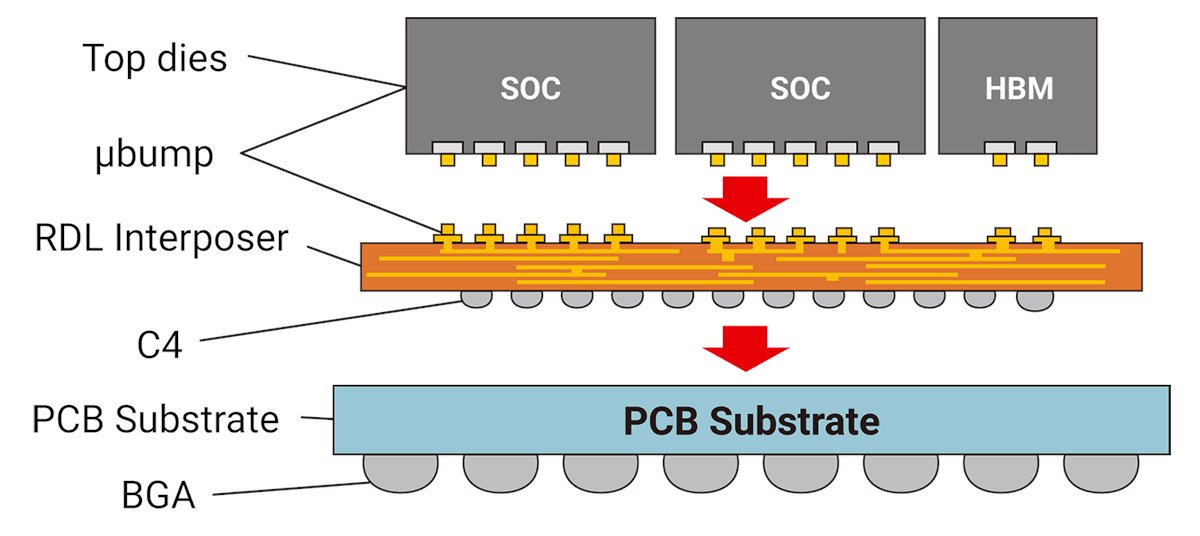The fall of Apple iphone market share.
- peaked at ~40% in 2009
- kept falling none stop to 20% in 2015 and stayed at 20% since then
Does that sound similar to Tesla in EV market share? More below👇
$AAPL $TSLA
- peaked at ~40% in 2009
- kept falling none stop to 20% in 2015 and stayed at 20% since then
Does that sound similar to Tesla in EV market share? More below👇
$AAPL $TSLA

Apple iphone market share peaked in H1 2009 and then falling, the stock should fall too, right?
But no, $AAPL was up 10x in the next 6 years from 2009 to 2015
But no, $AAPL was up 10x in the next 6 years from 2009 to 2015

That sounds impossible if we look at how fast Android was gaining market shares.
The answer is, Apple claimed MOST of the profits. (> 90%)
So how Apple was able to pull >90% of the profits while had only 20% of market shares?
$AAPL $GOOG #iPhone #android #Samsung
The answer is, Apple claimed MOST of the profits. (> 90%)
So how Apple was able to pull >90% of the profits while had only 20% of market shares?
$AAPL $GOOG #iPhone #android #Samsung

Hardware software intergration
That is the secret of Apple success. They create their own software and design their own hardware so it work beautifully with each other.
Vertical intergration, does that sound even more familiar now? That the Tesla's secret too.
That is the secret of Apple success. They create their own software and design their own hardware so it work beautifully with each other.
Vertical intergration, does that sound even more familiar now? That the Tesla's secret too.
https://twitter.com/The_AI_Investor/status/1542381559168192513
Tesla is the only company that can sell cars and upgrade the cars later with FSD software.
According to Elon, FSD can increase the value of a car by >5x, or >$100k. @elonmusk
Is Tesla the new Apple? Leave your comments below.
According to Elon, FSD can increase the value of a car by >5x, or >$100k. @elonmusk
Is Tesla the new Apple? Leave your comments below.
https://twitter.com/the_ai_investor/status/1544146025517969409
In a more recent quater, Q2 2021, Apple captured
✔️ 13% to global handset shipments
✔️ 40% of the revenue
✔️ 75% of the operating profit
A similar story to be told about Tesla in EV market.
$AAPL $TSLA
✔️ 13% to global handset shipments
✔️ 40% of the revenue
✔️ 75% of the operating profit
A similar story to be told about Tesla in EV market.
$AAPL $TSLA
https://twitter.com/The_AI_Investor/status/1573831812488769537
Apple and Tesla both started at the premium market.
Apple didnt make cheaper iPhone model until 2016 when it released iPhone 5C.
Tesla is expected to do the same (Model 3 Highland?).
Tesla is currently earning 8x more profit than Toyota per car, inspite of ~7x smaller scale.
Apple didnt make cheaper iPhone model until 2016 when it released iPhone 5C.
Tesla is expected to do the same (Model 3 Highland?).
Tesla is currently earning 8x more profit than Toyota per car, inspite of ~7x smaller scale.

More similarity, Apple and Tesla are both dominating US market.
Their market shares in the US are 3,4x more than worldwide.
- Tesla owning 65% US EV market share
- Apple owning 48% phone market share

Their market shares in the US are 3,4x more than worldwide.
- Tesla owning 65% US EV market share
- Apple owning 48% phone market share


• • •
Missing some Tweet in this thread? You can try to
force a refresh


















